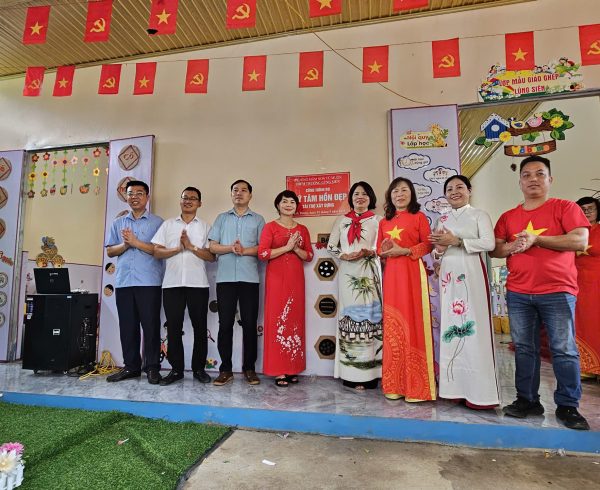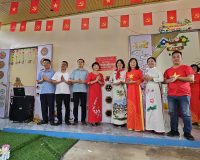The model of building prefabricated houses is quite new in Vietnam but in fact has existed for a long time in the world. In particular, prefab houses have the advantages of low cost, time-saving and quite sustainable in all weather conditions.
The concept of pre-engineered buildings, also known as pre-engineered steel buildings in construction, is completed according to a closed process, the whole work is manufactured in the factory and transported to the site to be built. Therefore, prefabricated houses have many advantages over traditional building methods such as time progress, accuracy, efficiency, environmentally safe materials and cost savings.
Building prefabricated houses is not new at all, in other words during World War II there were a number of successful prefabricated house projects but unfortunately not yet developed at that time, with many commercial limitations.
Today, with the help of technology, the prefabricated house model has helped the industry increase productivity, solving the real estate crisis during and after the COVID-19 pandemic.
In principle, the process of creating a complete prefabricated house goes through stages such as 2D and 3D design, processing with available modules at the factory, and erection at the site in a short time. The entire process above completely uses high-tech machinery to replace workers.
Currently, in developed countries, there have appeared many models of prefabricated houses made of concrete, wood and other environmentally friendly materials with impressive interior designs. However, even though it is an industrialized house, the design still has to ensure maximum utility and standardization in general.
Via: Cafeland.vn | Source: Archdaily

















